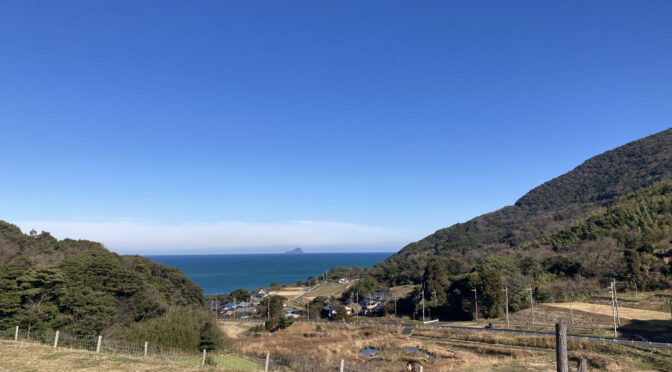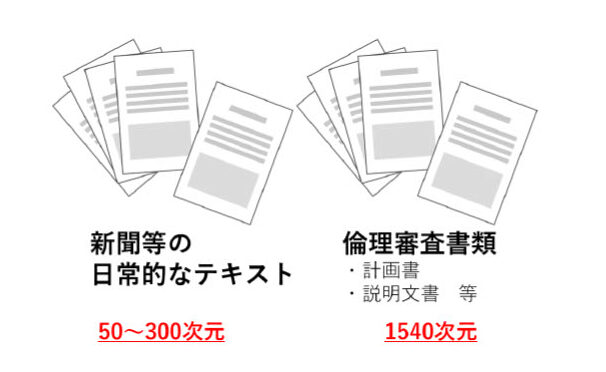- HOME
- >
- プロジェクト
- >
- 連携研究プロジェクト
- >
- Spatio-temporal Analysis of Drought in Present and Future Climate Change Using a Large Ensemble of d4PDF Warming Scenarios Over Cagayan River Basin, Philippines
Spatio-temporal Analysis of Drought in Present and Future Climate Change Using a Large Ensemble of d4PDF Warming Scenarios Over Cagayan River Basin, Philippines
2023.06.07
プロジェクト代表者:
Khagendra Pralhad Bharambe (Researcher, Water Resources Research Center – Disaster Prevention Research Institute, Kyoto University)
連携研究員・共同研究員:
・Sameh Kantoush (Assoc. Prof., DPRI, Kyoto University, Water Resources Research Center)
・Tetsuya Sumi (Prof., DPRI, Kyoto University, Water Resources Research Center)
・Mohamed Saber (Special Associate Prof., DPRI, Kyoto University, Water Resources Research Center)
・Orlando Balderama (Prof., Isabela State Univ. (ISU), Engineering)
プロジェクト紹介
Introduction
The Cagayan River Basin (CRB) is one of the largest basins in the Philippines and is currently facing critical issues of rapid climate variability and frequent occurrences of diverse extreme hydroclimatic events like floods, drought, hot days, heavy precipitation, etc. These are the most significant constraints that somehow prevent further development in CRB, and the situation may worsen in the future period due to the increased variability and changes in precipitation and temperature over the CRB. Therefore, there is a strong need for an integrated approach to studying climate change in order to understand the spatiotemporal changes, and associated impacts, especially for water resources management in CRB. Hence, this research was conducted as a pilot study over the Cagayan River Basin from the Philippines with the primary aim was,
- To access the spatiotemporal impacts of climate change using the high-resolution spatial data over the past and future periods, and
- To analyze the relevant extreme climate indices such as consecutive wet days (CWD), consecutive dry days (CDD), drought indices, amount of hot days, etc., to understand the climate-induced risk for flood and drought risk management.
Report of results
The key specific results of this project are highlighted below, whereas the details about the impacts and schematic overview are explained in the attached publications (Annex 1 and Annex 2).
Results highlights:
- Frequency and losses from severe droughts and floods are increased due to the adverse effect of climate change and a greater degree of fluctuation in precipitation and temperature over the Cagayan River basin in the Philippines.
- The intra-annual rainfall trend has been increasing with a higher fluctuation rate in minimum and maximum annual rainfall which will result in more droughts and flood-like situations in most of the sub-basins where precipitation shows a decreasing trend, and vice versa, respectively at the CRB in the Philippines.
- Hence, these results would be an easy-to-use resource to tackle the higher risk zone and able to guide the disaster risk reduction authority in taking an appropriate decision for executing the feasible adaptation strategies.
Conclusions and Future Recommendations
The relative changes of climate variables and key extreme climate indices were estimated, and a consistent increase in temperature and precipitation is likely to bring prolonged dry spells leading to droughts and wet spells leading to intensive floods at the Cagayan River Basin, affecting water resources and agricultural food security. However, the climate change risk will not be uniform; some sub-basins will experience higher vulnerability than the other sub-basins significantly accelerating the different changes of hydroclimatic extremes. Therefore, spatiotemporal modeling is always crucial to determine the changes over space and time across any river basin around the world and is useful for drawing effective adaptation strategies.



